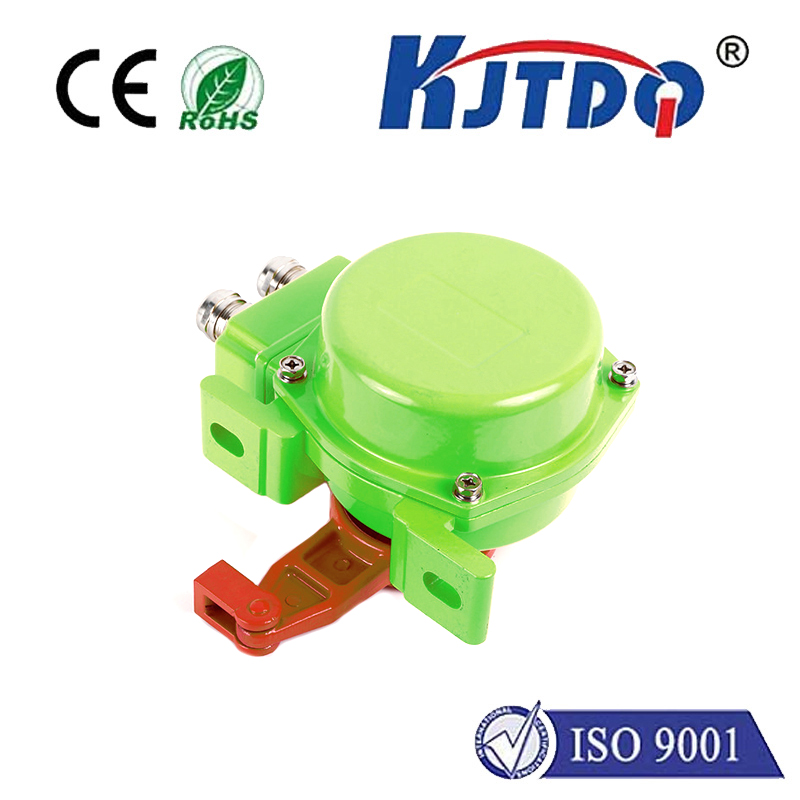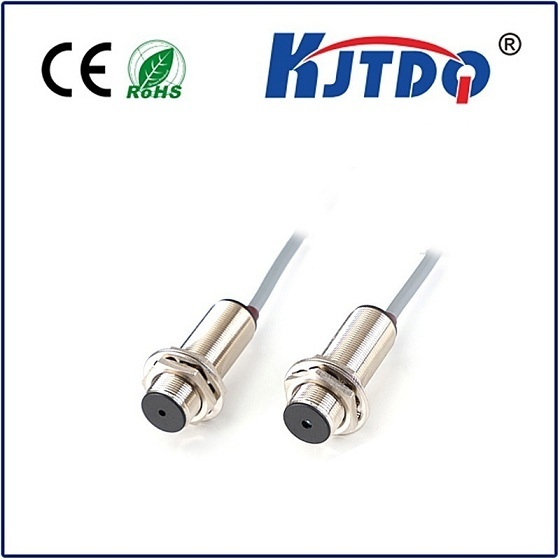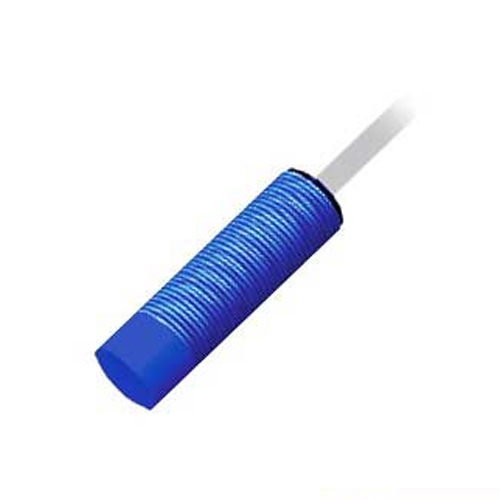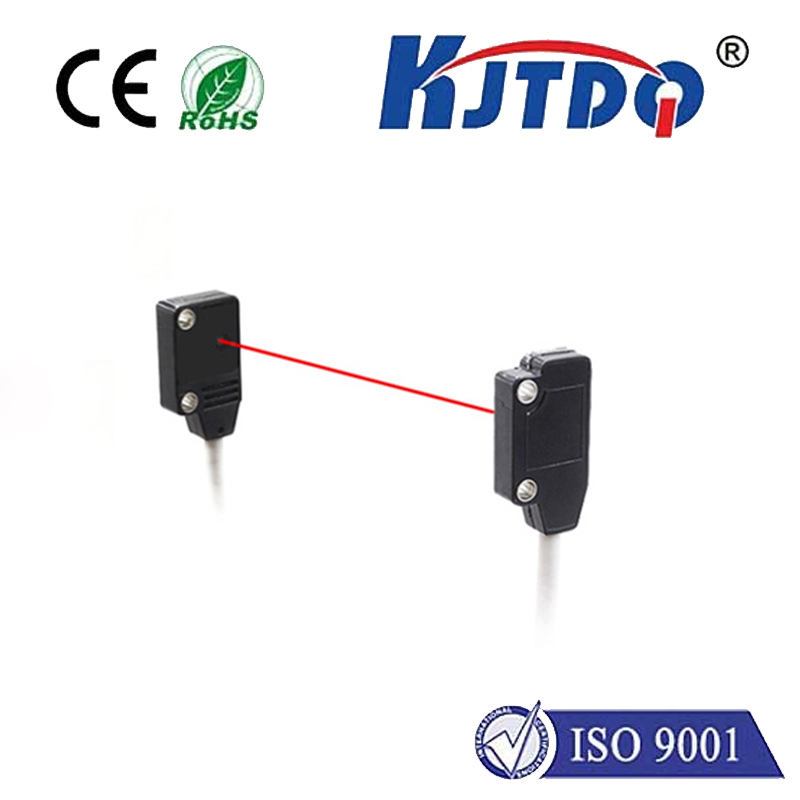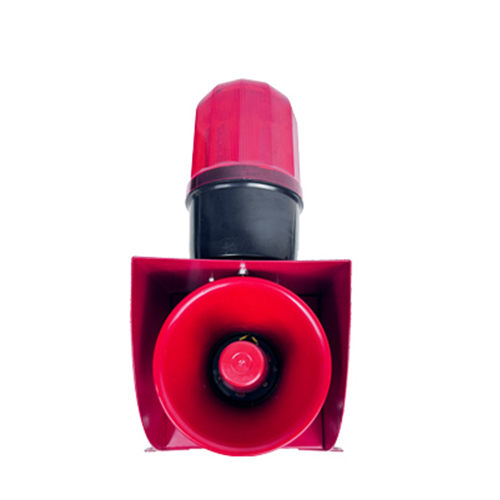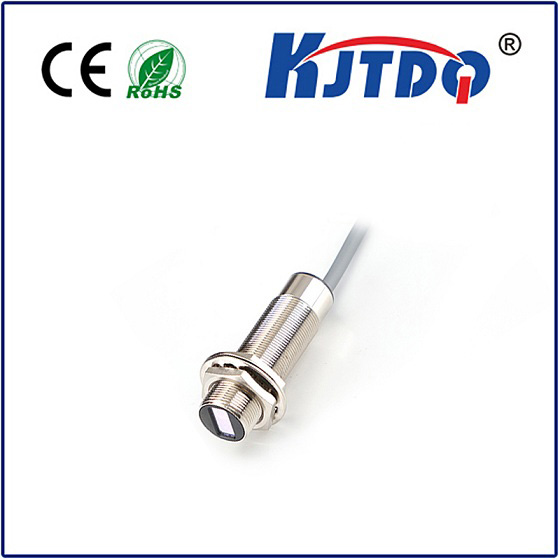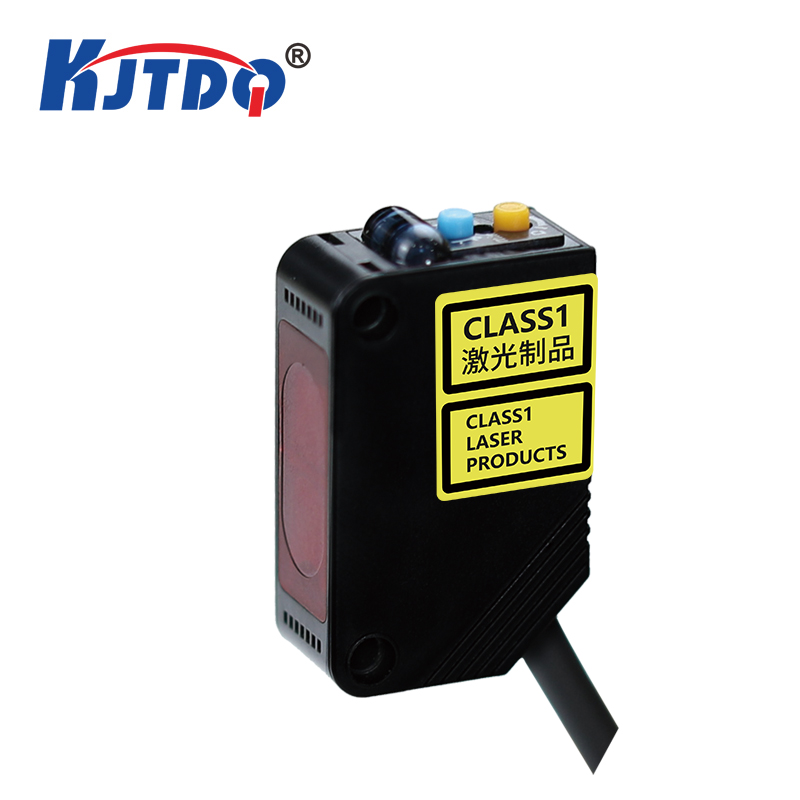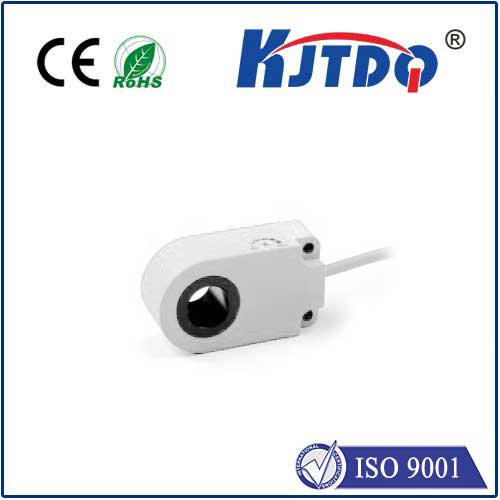лазерный датчик толщины
- time:2025-09-08 14:09:19
- Нажмите:0
Laser Thickness Measurement Sensors: Revolutionizing Precision in Modern Industry
Imagine ensuring the precise thickness of materials moving at blinding speeds on a production line – paper racing through rollers, metal sheets glowing hot from rolling mills, or delicate polymer films being extruded. Traditional contact methods falter here, risking damage, causing slowdowns, or simply failing to deliver the required micron-level accuracy. This is where the лазерный датчик толщины emerges as an indispensable hero, enabling non-contact, real-time precision that transforms quality control and process efficiency.
The Critical Need for Non-Contact Thickness Gauging
In countless industrial processes, knowing the exact thickness of a material is paramount. Deviations, even minuscule ones, can lead to:
- Product Failure: Thin spots in metal sheets cause weakness; thick coatings on electronics lead to malfunction.
- Wasted Material: Over-application of expensive coatings or plating inflates costs unnecessarily.
- Process Instability: Without real-time feedback, adjusting machinery becomes reactive and inefficient.
- Quality Rejection: Failing to meet stringent specifications results in costly scrap or rework.
Contact gauges like micrometers or roller-based systems, while useful in specific scenarios, introduce significant limitations: they can scratch sensitive surfaces, cause deformation in soft materials, require production stoppages, and simply cannot keep pace with high-speed continuous processes. This gap demanded a superior solution.
Laser Sensors: The Non-Contact Precision Solution
Laser thickness gauges solve these challenges fundamentally. They employ concentrated beams of light – lasers – to precisely measure the distance to a target surface without touching it. The core innovation lies in using two synchronized laser sensors positioned directly opposite each other on either side of the material being measured. Each sensor measures the distance to its respective surface. The material thickness is then calculated by:

Material Thickness = (Fixed Distance Between Sensors) - (Distance from Sensor 1 to Surface) - (Distance from Sensor 2 to Surface)
This elegant principle delivers unparalleled advantages:
- True Non-Contact Operation: Eliminates surface damage, deformation, or wear on the sensor itself. Ideal for hot, cold, sticky, fragile, or moving surfaces.
- High-Speed Measurement: Capable of taking thousands of measurements per second, making them perfect for monitoring high-speed production lines in real-time.
- Exceptional Accuracy and Resolution: Achieves micron-level resolution and accuracy, crucial for demanding applications in industries like semiconductors, precision metal forming, battery manufacturing, and thin-film production.
- Real-Time Process Control: Continuous thickness data enables closed-loop control systems to instantly adjust machinery (like rolling mill gaps or coating applicators), minimizing deviations and waste.
- Многогранность: Capable of measuring a vast range of materials – metals, plastics, rubber, composites, paper, glass, ceramics, and more – regardless of color or reflectivity (with the right sensor choice).
Under the Hood: Key Measurement Principles
While the fundamental setup involves two opposing sensors, the underlying technology capturing the distance measurement primarily utilizes two sophisticated principles:
- Laser Triangulation: A laser diode projects a spot onto the target surface. The reflected light is focused onto a position-sensitive detector (like a CCD or CMOS array). As the distance to the target changes, the position of the reflected spot shifts on the detector. This shift is precisely correlated to the distance, providing accurate displacement data for each sensor head. This method excels for a wide range of materials and distances.
- Confocal Chromatic Measurement: This technique uses a multi-lens optical system. White light passed through these lenses creates a longitudinal chromatic dispersion. Only a specific wavelength is sharply focused at a precise working distance. Reflected light from this focused point passes back through the system to a spectrometer, which identifies the peak wavelength, directly correlating to the distance. Confocal sensors offer exceptional precision for transparent materials, thin films, and highly reflective surfaces.
Diverse Industrial Applications
The versatility and reliability of laser thickness sensors make them vital across numerous sectors:
- Metal Production & Processing: Monitoring hot and cold rolled strip thickness in steel, aluminum, and copper mills for precise gauge control.
- Plastics & Extrusion: Ensuring consistent thickness of films, sheets, pipes, profiles, and coatings during extrusion or lamination.
- Paper & Converting: Gauging paper, cardboard, and tissue thickness throughout the manufacturing process.
- Rubber Manufacturing: Controlling thickness of tires, conveyor belts, seals, and gaskets.
- Battery Manufacturing: Critical for measuring electrode coating thicknesses and separator films to ensure performance and safety.
- Glass Production: Monitoring float glass thickness and coated layers.
- Precision Machining & Aerospace: Verifying thickness of machined components, composite layers, and aerospace alloys.
Unlocking Tangible Business Value
Implementing a laser thickness measurement system delivers significant operational and financial benefits:
- Dramatically Reduced Scrap & Rework: Early detection of thickness deviations prevents substantial material waste.
- Enhanced Product Quality & Consistency: Guarantees products meet exact specifications, boosting customer satisfaction and brand reputation.
- Optimized Material Usage: Minimizes over-application of coatings, platings, and base materials, lowering raw material costs.
- Increased Production Line Speed & Uptime: Enables processes to run faster without compromising quality and eliminates stoppages for manual checks.
- Improved Process Efficiency & Control: Real-time data empowers proactive adjustments and continuous optimization.
- Lower Maintenance Costs: Non-contact sensors eliminate wear associated with mechanical gauging systems.
Selecting the Right Laser Thickness Gauge
Choosing the optimal sensor requires careful consideration of your specific application:
- Material Type & Properties: Consider surface finish (shiny, matte, transparent), temperature, and potential surface contaminants.
- Required Accuracy & Resolution: Define the critical tolerances for your process.
- Measurement Range & Standoff Distance: Determine the thickness range and necessary distance between the sensor and material.
- Target Size: Is it a continuous sheet, discrete parts, or wires?
- Line Speed & Measurement Frequency: How fast is the material moving and how often do you need a measurement?
- Environmental Conditions: Account for dust, moisture, vibration, and extreme temperatures.
Integrating a laser thickness measurement sensor isn’t just an upgrade; it’s a strategic investment in quality, efficiency, and competitiveness. By delivering unmatched non-contact precision at the heart of demanding industrial processes, these sophisticated devices have become fundamental tools for manufacturers striving for excellence in the modern era.

